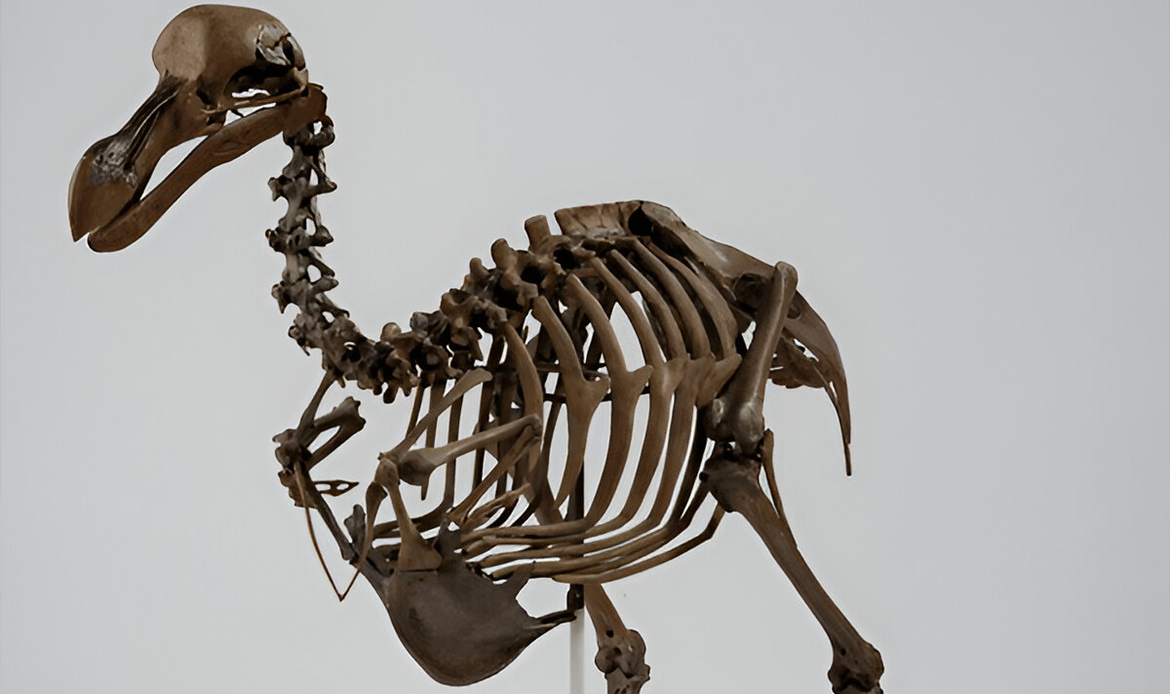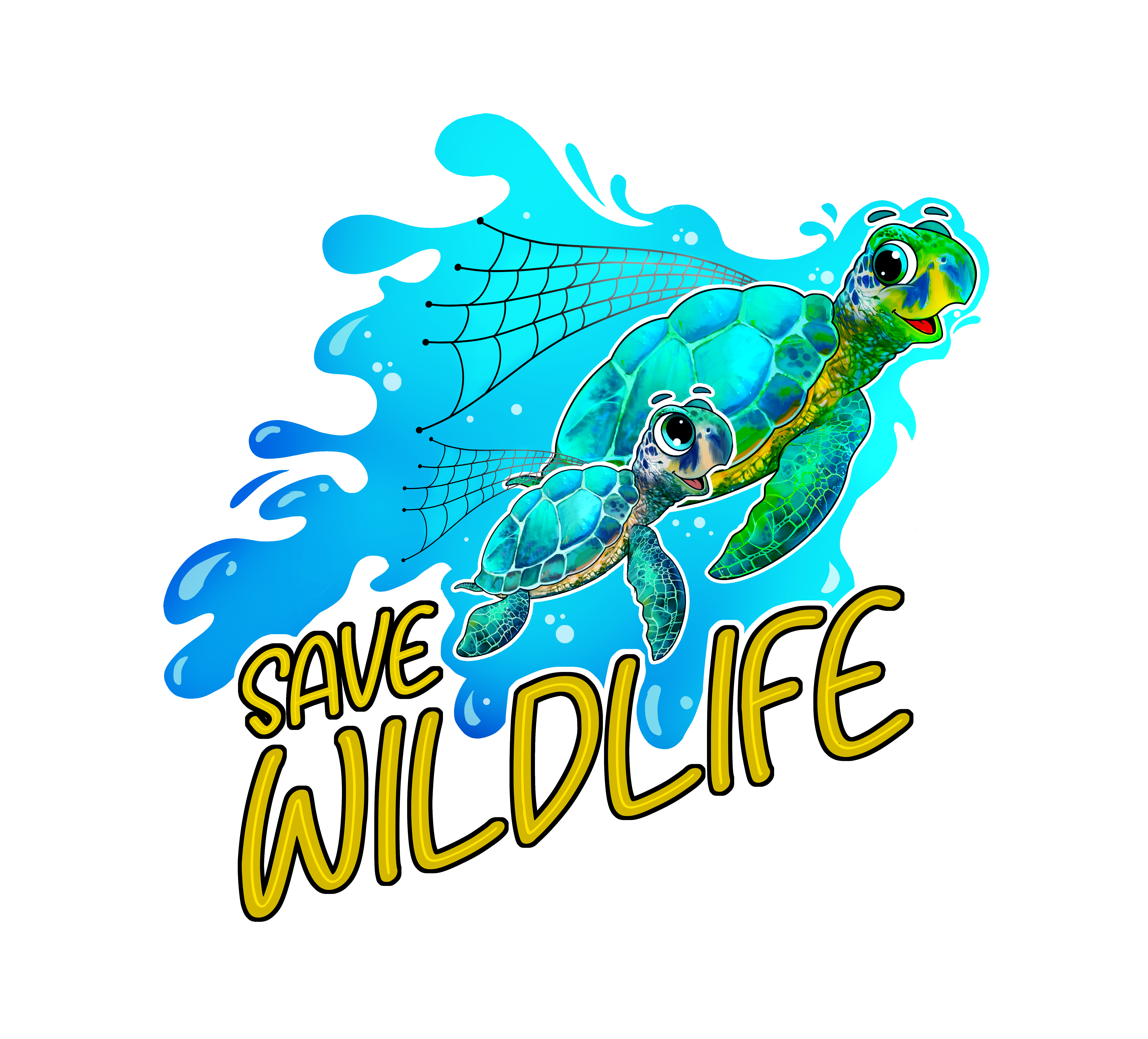
Wildlife Conservation by Learning from the Dodo: A Lesson in Extinction and Conservation
When thinking about extinction, the first animal that often comes to mind is the Dodo (Raphus cucullatus). The Dodo, which was native to Mauritius, went extinct in less than a century after humans first arrived on the island. Now, the Dodo is viewed as a lost species that is an emblem of loss, responsibility and hope; we can learn valuable lessons about how to help save wildlife today and support other species to avoid going extinct like the Dodo through research and studying their ordeal.
Table of Contents
The Dodo Bird: A Symbol of Extinction
The Dodo lived in isolation on the island of Mauritius, without predators. This made it fearless and unprepared for human arrival. When sailors reached Mauritius in the late 1500s, they hunted the Dodo and introduced invasive animals like pigs, rats and monkeys that preyed on Dodo eggs.
Within a century, the bird was gone. The Dodo’s fate is not just a story of the past; it is a reminder of what can happen when ecosystems are disrupted. The urgency of wildlife conservation today comes directly from lessons like this.
Protect Wildlife and the Dodo
The extinction of the Dodo was one of the first occasions humans encountered that they could kill off an entire species. It was the start of animal extinction awareness.
Now, awareness is still one of our strongest weapons. Educating people about the Dodo gives them the awareness of the fact that extinction is forever. After all, the Dodo is dead, unlike endangered animals. The permanence of the Dodo makes them advocate campaigns to help save wildlife, and that we must protect living species before it is too late.

Wildlife Conservation Lessons from the Dodo
The Dodo teaches us about how fragile life can be when nature is out of balance. Wildlife conservation is based on stopping what happened in Mauritius from happening in other isolated ecosystems. Here are important lessons to take away:
- Isolated ecosystems are fragile– Similarly to the dodo, many island species today are now threatened by species that were not present before.
- Human activity propels extinction– Species are still being driven to the major brink of extinction through hunting, deforestation and pollution.
- Conservation is not reactive – When a species goes extinct, no regret will bring it back.
If we can build on these lessons, we can ramp up efforts to help save wildlife today.
Endangered Animals 2025: Facing Similar Threats
The extinction of the Dodo bird in 1662 is still relevant to the plight of endangered animals in 2025. Animals like orangutans, pangolins, and sea turtles are struggling to exist because of human-driven degradation of habitat and climate change. Habitat loss and overhunting eliminated the Dodo, which are the same issues that are eking out a living today for animals from poaching, deforestation, and increasing global temperatures.
All of the issues about the Dodo’s extinction are even more meaningful when we see the connection to the struggles animals are currently going through. This makes us realise animal extinction awareness even better. The Dodo bird is long gone, but we still have a duty to protect wildlife, for the sake of the Dodo.
Protect Wildlife Before It’s Too Late
The conclusion of the Dodo teaches us that prevention is always better than cure, the following steps are necessary to protect wildlife today.
- Establish and enforce protected habitat.
- Implement regulations for hunting and trading endangered species.
- Support international treaties designed to focus on wildlife conservation.
- Provide funding for programs aimed at monitoring and protecting vulnerable populations.
Any action is helpful, and when we employ these measures and strategies, it is possible to help save wildlife and stop modern species from being regarded as historical tragedies.
How Can People Help Save Wildlife Today?
The tale of the Dodo is moving, but it is also encouraging. Everyone has the power to help. Some of the best ways to help save wildlife include:
- Supporting conservation nonprofits.
- Reducing plastic waste and unsustainable consumption.
- Volunteering for restoration projects that help in protecting wildlife.
- Teaching others about animal extinction awareness.
The Dodo may be gone forever, but we can use its memory to inspire action. The animals that exist today have hope, but only if we are willing to take action on their behalf.
Last Words of Encouragement
The Dodo bird may have gone extinct hundreds of years ago, but it remains relevant. It continues to demonstrate that humans can either cause destruction or preservation. Modern wildlife conservation is based on the lessons of the past, and the Dodo is one of the clearest examples of what happens when judgment and actions come too late.
If we are serious about contributing to help save wildlife, we must increase the visibility of animal extinction awareness, take action in support to protect wildlife and take note of the endangered animals 2025. Every choice made shapes the future of this planet’s biodiversity. The Dodo isn’t coming back to share its lessons, but its lessons can help save countless other species.
FAQs:
Q1: Why did the Dodo go extinct so quickly?
The Dodo had lived a life where no living animal preyed upon it until humans arrived on their world. The extinction of the Dodo took place as hunting, deforestation, and invasive animals made it easy to remove this species from its ecosystem.
Q2: What does the Dodo symbolize today?
The Dodo now symbolizes neglecting the health of wildlife and our responsibility to help in wildlife conservation and more importantly, a wake-up call to act quickly to help save wildlife.
Q3: Will the Dodo ever be “brought back”?
Some scientists are exploring de-extinction projects and it would be wise to be cautious about the focus on de-extinction in light of the need to protect wildlife that exists today.
Q4: What is the Dodo’s story in relation to endangered animals 2025?
It is evident from the Dodo that today we are faced with the same threats to species of anthropogenically driven extinction. We need to learn from the wrong decisions of the past to help develop ways to preserve the future of endangered species.
Q5: What can we do individually to help save wildlife?
Help support conservation groups, advocate for animal extinction awareness and take monthly action on how we can live sustainably on a daily or weekly basis.
